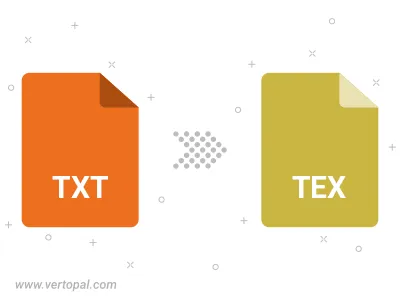Convert TXT COMMONMARKX to TEX BEAMER
Convert TXT COMMONMARKX markup documents to TEX BEAMER format, edit and optimize documents online and free.

The TXT file extension, which represents CommonMark Markdown Language with Extensions is a standardized, plain-text formatting syntax designed to be converted to HTML. CommonMark aims to improve the readability and portability of text, and it is widely used in documentation, forums, and note-taking applications. Extensions enhance its functionality, such as adding support for annotations, form inputs, and other features.
The TEX file extension is associated with LaTeX Beamer, a document class used to create presentation slides. Beamer, named after the German word for "video projector", allows users to design structured presentations with features like overlays, animations, and themes. It supports various LaTeX compilers, including pdfLaTeX and LuaLaTeX. Beamer is widely used in academic and professional settings for creating visually appealing and content-rich slideshows.
Drag & drop any TXT COMMONMARKX file from your device or click the Choose File button to proceed.
Before clicking the Convert button, use any available TXT COMMONMARKX to TEX BEAMER tools.
Wait a few moments for the converter to complete its job, then download your TEX BEAMER file.

To change TXT COMMONMARKX format to TEX BEAMER, upload your TXT COMMONMARKX file to proceed to the preview page. Use any available tools if you want to edit and manipulate your TXT COMMONMARKX file. Click on the convert button and wait for the convert to complete. Download the converted TEX BEAMER file afterward.
Follow steps below if you have installed Vertopal CLI on your macOS system.
cd to TXT COMMONMARKX file location or include path to your input file.Follow steps below if you have installed Vertopal CLI on your Windows system.
cd to TXT COMMONMARKX file location or include path to your input file.Follow steps below if you have installed Vertopal CLI on your Linux system.
cd to TXT COMMONMARKX file location or include path to your input file.